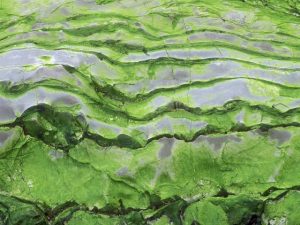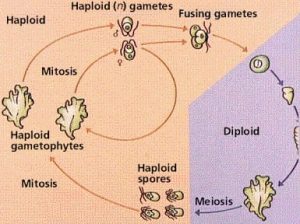GREEN ALGAE (CHLOROPHYTA)
Scientific name: Chlorophyta
Phylum: Chlorophyta;
Clade: Chloroplastida
Domain: Eukaryota
Higher classification: Viridiplantae
GREEN ALGAE (CHLOROPHYTA) CHARACTERISTICS
- Green algae have dark- to dark-green colouration that comes from having chlorophyll and b.
- They have within the same amounts as “higher plants”—the plants, together with seed plants and ferns, that have well-developed tube-shaped structure tissues that transport organic nutrients.
- Their colour is decided by the amounts of different pigmentation, including beta-carotene (yellow) and xanthophylls (yellowish or brownish)
- Like higher plants, they store their food chiefly as starch, with some as fats or oils.
- The is truth, green algae may need been the progenitors of the upper inexperienced plants, however, that’s the topic of dialogue.
- Chlorophyta belongs to the dominion kingdom. Originally, the division brought up a division inside the kingdom comprising all alga species.
- Later, green algae species living preponderantly in saltwater were classified as chlorophytes (i.e., happiness to Chlorophyta), whereas green algae species thriving chiefly in fresh were classified as charophytes (i.e., happiness to Charophyta).
- The algae Base info lists regarding four,500 species of division, together with 550 species of Trebouxiophyceae (mostly on land and in freshwater), 2,500 species of Chlorophyceae (mostly freshwater)
- The 800 species of Bryopsidophyceae (seaweeds), fifty species of Dasycladophyceae (seaweeds), four hundred species of Siphoncladophyceae (seaweeds), and 250 marine Ulvophyceae (seaweeds).
- Charophyta embodies three,500 species allotted to 5 categories.

HABITAT
- This alga is an extremely abundant gift in fresh life, however, there’s no likelihood he will sleep in different places like living in ocean water and briny water.
- It is mostly hooked up to rocks and infrequently seems once waterfalls. For animate thing division which will sleep in the water, it’s cosmopolitan, particularly in places wherever the sunshine is kind of like ponds, lakes, puddles, a number of its members sleep in floating or drifting water, some live as being.
REPRODUCTION
- Reproduction of animate thing division
- Actually there are many ways that of breeding on Chlorophyta:
- Vegetatively, a copy is completed by fragmentation of the body and cellular division, like Chlorophyta
- Generatively, proliferation is completed by conjugation, like Chlamydomonas.
- Asexually that’s breeding by forming a special cell that’s ready to be converted into a new individual while not the melting of the sex cells.
- In general with spores, it’s so usually referred to as sporadic zoospore proliferation fashioned by vegetative cells.
- Sexually, that is, during this breeding happens with many kinds of amphimixis (Clorococcum), anisogamy, and origami.
- The isogamic kind is that the simplest sexual breeding and results in sexual reproduction. within the anisogamy kind every kind could be a free cell of unequal size.
- While the kind of origami every germ cell has shown the distinction in size and form.

BIOLOGICAL IMPORTANCE
- The chlorophytes, because of their chemical action activity, created them one among the foremost vital producers within the system. they’re a significant supply of starch and atomic number 8 as a by-product of a chemical process.
- They function food for several heterotrophs. many of them form a symbiotic relationship with different teams of organisms. as an example, they type lichens beside sure fungi. Some ciliates, cnidarians, and molluscs type interdependency with the chlorophytes.
- Not all chlorophytes, though, are completely chemical action. a number of them are heterotrophic themselves. as an example, the inexperienced algae Prototheca sp. will become infective, inflicting prosthesis’s (a disease) in humans and animals.
